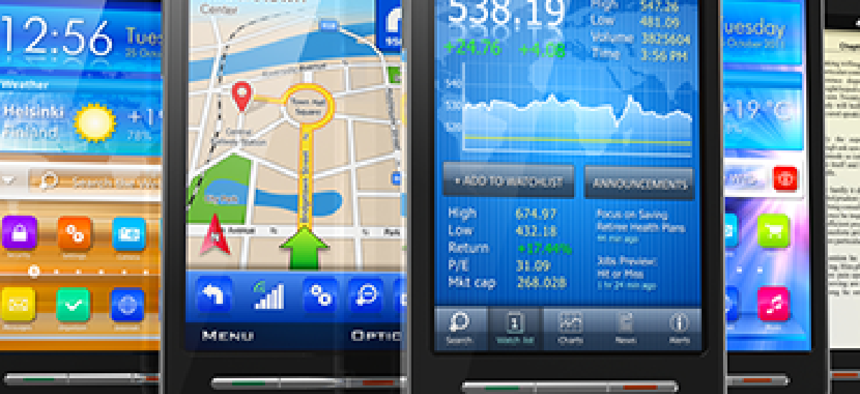Getting the hang of mobility

Navy and Justice CIOs say savings and benefits are real -- though sometimes hard to measure.

Now that numerous government agencies have launched pilots, studied the use of smart phones and tablets and tested the waters of working outside the office, it seems many are beginning to reap the benefits of mobility.
For the most telling evidence that new policies are working, look no further than the bottom line. While some financial figures are tough to nail down – particularly those associated with indirect savings – federal officials say the use of mobile devices is slashing expenses for infrastructure and hardware.
"Within the [Navy Department], we've looked at the way we have bought, the way devices are used and the requirements," Terry Halvorsen, Navy CIO, said Aug. 22 at an industry event in Washington. "At one point we were spending around $7 million a month on mobility...we're now down to $4.7 million, and we'll get to $4 million. So [that is] big savings in how we're managing devices, buying devices, air time on wireless cards and minutes."
At the Justice Department, the versatility offered by some devices frees employees from their desktop computers – and managers from the associated costs, according to DOJ CIO Luke McCormack.
"Something that's very powerful is to be able to take that same device and dock it, and use that as a desktop in a docking-type environment," McCormack said. "One of our largest commodity spends, and this is true at a lot of agencies, is on the desktops. So anywhere we can reduce that cost and re-use that device, so to speak, is going to be significant."
Across the board, mobility has helped reduce costs by allowing employees to work from home or in the field, cutting down on the office overhead back at headquarters. Productivity also receives a boost, although that can be a little tougher to calculate, Halvorsen pointed out.
"It's harder to quantify that because it crosses multiple budget lines. You're not just talking about, 'what did you do in your direct IT spend?'" Halvorsen said. "IT is an enabler and it's going to save in all other areas...but proving that at the fiscal table, with the accountants, gets really hard. And it should be. That's where we're spending a lot of our time: how do you track that money, how do you put the right measures in?"
It is not necessarily all good news, however. Mobility increases efficiency and streamlines, which is great for coffers, but perhaps less so for some employees, he admitted.
"You really have to think a little differently about how you measure the bottom-line gains of empowering employees to be more mobile, move the data faster, get to things quicker – what are you reducing?" Halvorsen said. "In the end, you'll reduce people, and it's a double-edged sword. That's good if you're looking at the bottom line, because labor is the number-one cost driver."
To measure savings, agencies are taking advantage of a range of tools. McCormack noted that PortfolioStat and benchmarking through the Office of Management and Budget and other agencies has been helpful. Halvorsen said he uses a dashboard that evaluates and reports direct costs in mobility and related policies on a regular basis.
While industry generally is considered to be ahead of government in adopting mobility, both the public and private sectors have plenty of growing to do, with the concept of mobility still in its earliest stages, one executive noted.
"One of the areas where we're looking toward even bigger savings, as the mobility evolution moves forward...[is] literally growing and transforming the way you do business taking advantage of mobility," said Jeffrey Ait, Good Technology public sector director. "The concept of having a device to do what you want, when you want, where you want is a great vision. I don't think it's there fully today, but I do believe the applications are being developed and organizations are embracing mobility to transform the way they use technology."





